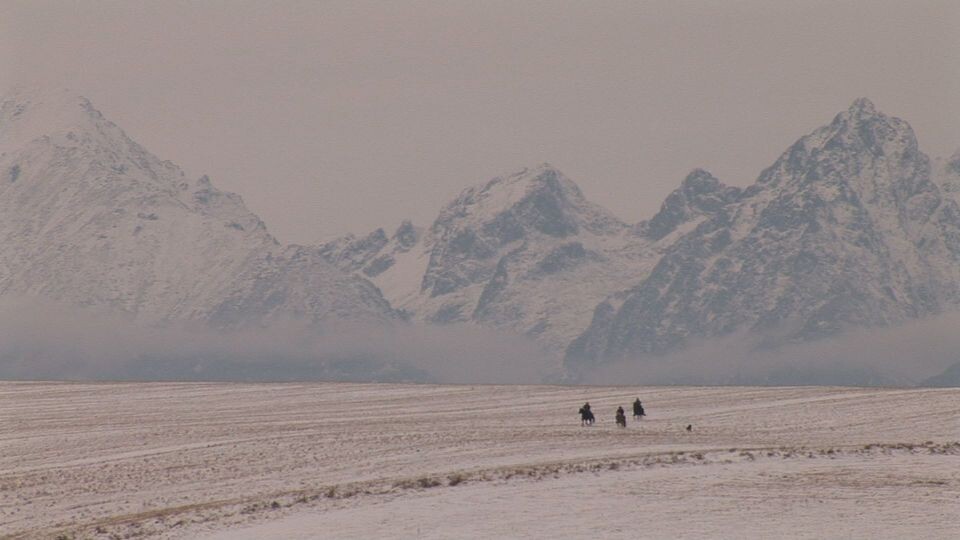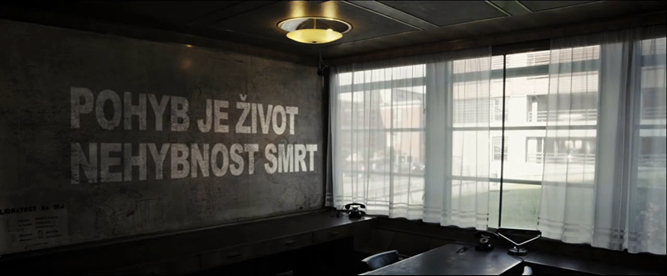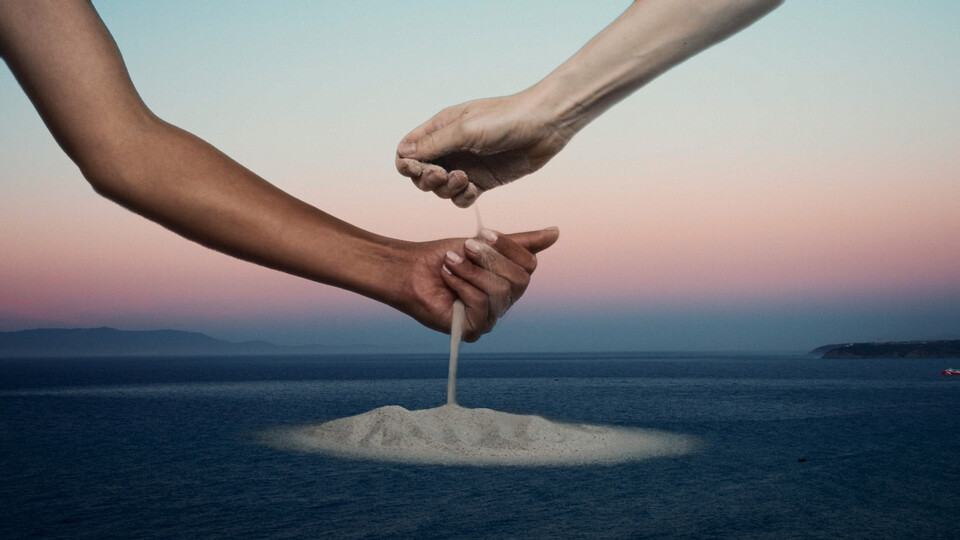What Priest Kuffa Saw in the Mirror
The director Jana Ševčíková didn't really feel like talking about her new film Lean a Ladder Against Heaven (Opři žebřík o nebe). In the end, the interview was conducted partly via phone conversation and partly via email. Her reluctance didn't carry any trace of reservedness or arrogance, rather she wanted the film to speak for itself, not wanting to affect the viewers experience with interpretational additions or amending that, which was supposed to stay unsaid in the film.
How do you choose your themes?
In the year 2008, I read an article in Mlada Fronta about a charismatic priest named Father Marian from a small village called Žakovce situated beneath the Tatra mountains. I stopped by in the summer of that year while wandering around Slovakia with my family. At first it wasn't easy to reach him. I finally managed to arrange a five-minute meeting which extended into almost an hour. I asked if I could return after some time with a recorder. He told me that they neither call nor refuse anyone, that everything is in the hands of God.
I stayed for fourteen days the first time I was there. After that I visited Žakovce throughout the whole year. Marian spent most of his time with the men. I attended the morning and evening mass with them. I went into the woods for firewood, visited the Roma settlements and went to meetings. When Marian found the time, we would sit together long into the night. He would talk about how Žakovce came to exist, about his life. He told stories of different people who were there in the course of the twenty years.
You started the preparation for the film on your own. At a certain point you had to change this approach and call in a staff. Did the situation change radically after this?
The staff consisted of the cameraman, audio engineer and me. When filming discussions with people I try to “be alone’’ with them, leaving the cameraman and audio engineer unnoticed. In some situations I am present, but I tend to be in the background, the fewer people the better. But that is how a documentary is usually filmed, it's not like I discovered America. Maybe it is just the fact that I engage with the people before and also after filming. I am just there with them.
How does the staff interact while filming?
When you've been working with someone for twenty-five years, you don't have to give any instructions. With Jaromír Kačer, when you feel like it, you talk and when you don't, we are quiet. And when we are on the spot, we film.
To what extent do you choose situations in which, with the cameraman, you agree to turn on the camera?
When we wanted to shoot something for the film, I just poked Jaromír, so people would not know when we were filming and also because of the material. With video it is a bit different. Not that we would film unceasingly, but we can afford to be less careful concerning extra meters. Nevertheless, a shot must have a beginning, middle and end. After all, we are filmmakers. Most of the material was shot during discussions, meetings, when Marian and the men resolved different problems of the past months and then during sermons in the chapel.
After five years of filming you must have had a lot of material...
I definitely collected more than two hundred hours. Whenever I returned to Prague, I would download the filmed material onto the computer, play it over and over and start thinking about what was important. Together with Eva Mesteková, the film editor, we gradually reduced the amount of material, which is how she started to build the script.
How did you choose what to incorporate into the film?
The main goal was to film an unglorified, multi-layered portrait of priest Marian. From the very beginning I realized that it was necessary to show the stories of people, who live with him, with whom he daily argues, whom he scolds, forgives and blesses. Some were people who continually lied to him, but at the same time for whom he is their last chance. I was fully trusted. I was allowed to move around in any part of the rectory and to speak and film with everyone. That was a challenge. So eventually from the various groups of alcoholics, drug addicts, the homeless, prostitutes, children from orphanages, different individuals stood out who were not only interesting on their own, but who also “stuck” with their group.
You became very close with the people who are featured in the film. Didn't this closeness become a burden – a commitment?
Definitely not a burden, a commitment maybe in the sense that it would be very easy to mess up their lives. Because where the film ends, their lives still continue.
Even though you are not explicitly visible in the film, you are not excluded. Your empathy and closeness towards the people you are filming is evident. How are you able to maintain the distance necessary to be able to shoot the film?
I don't know. I guess creating something is an obsession. If you managed to find closeness and distance in the film, that is good, but I'm not going to reason about that. That's what the viewers and critics are for.
Being in such a position – being there with them through all of it and talking about them – must be difficult to maintain, exhausting...
On the contrary. I still enjoy the film and hopefully it is also enjoyed by those who helped me lean a ladder against heaven.
And has the priest seen your film? What does he say about it?
That it is the biggest mirror of his life.
That sounds like a big compliment…
I am not so sure about that.
This interview was published full-length in Czech in the Jihlava IDFF newspapers, dok.revue F05.
Translated by Christina Skorulská



